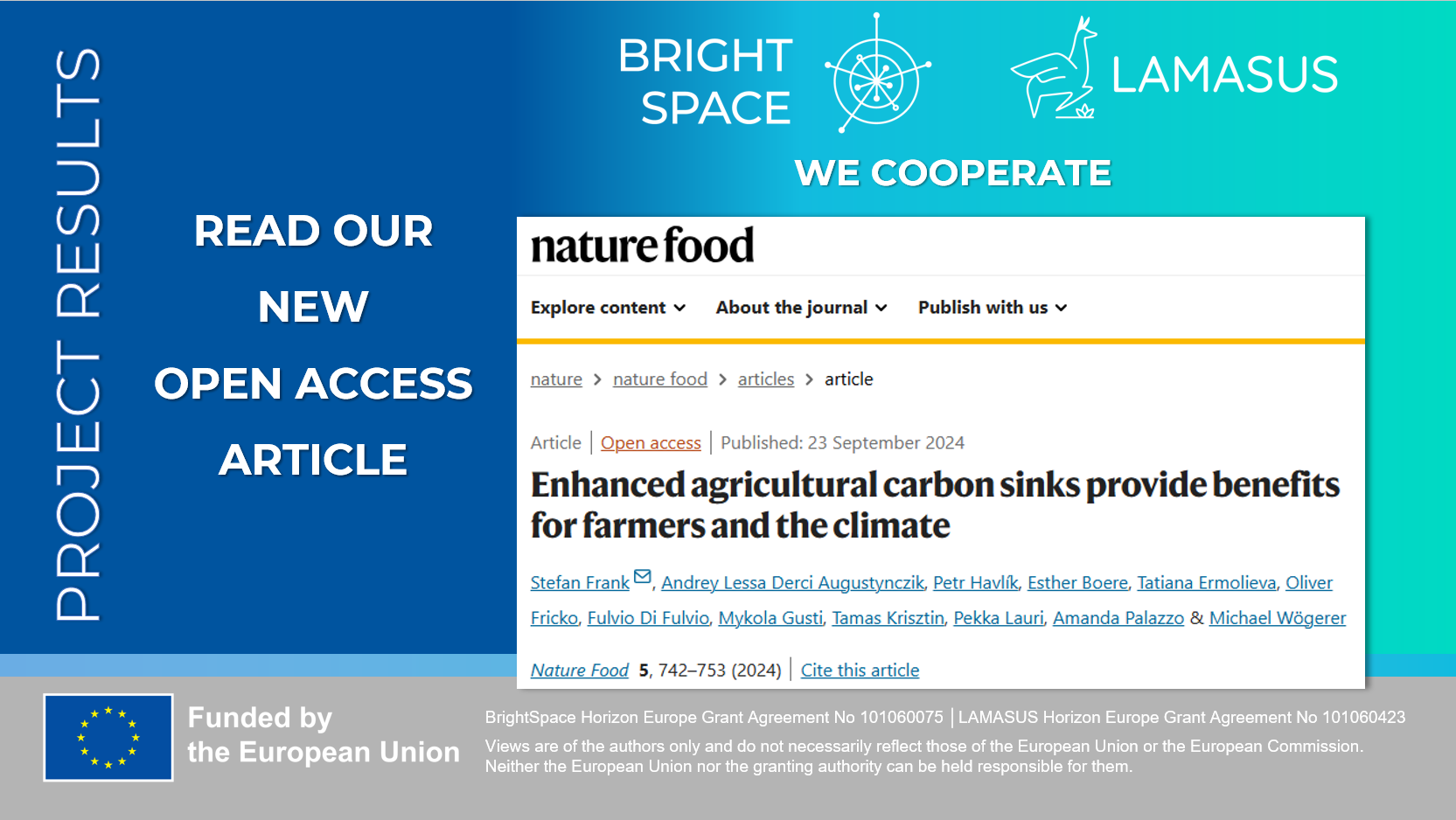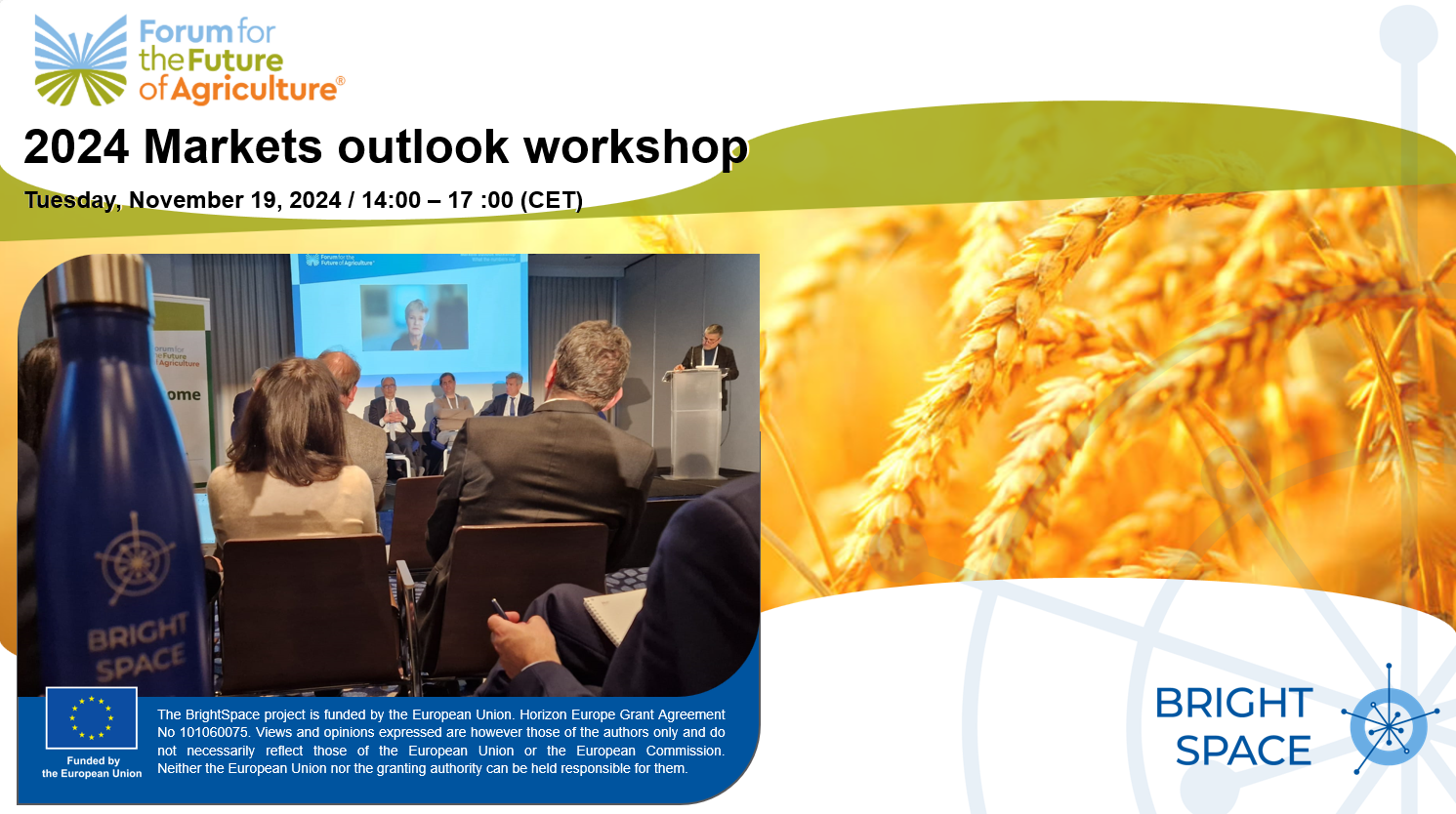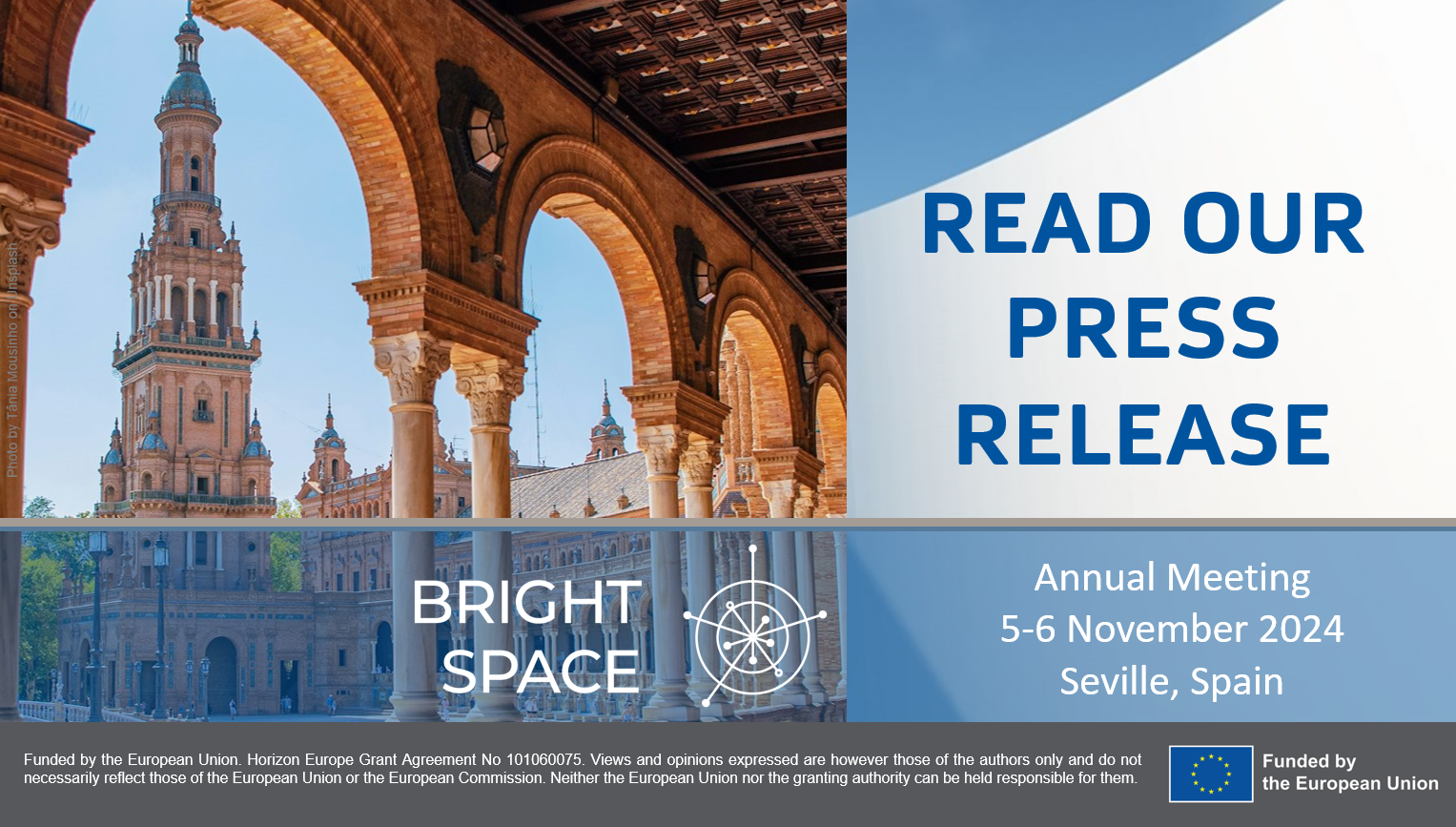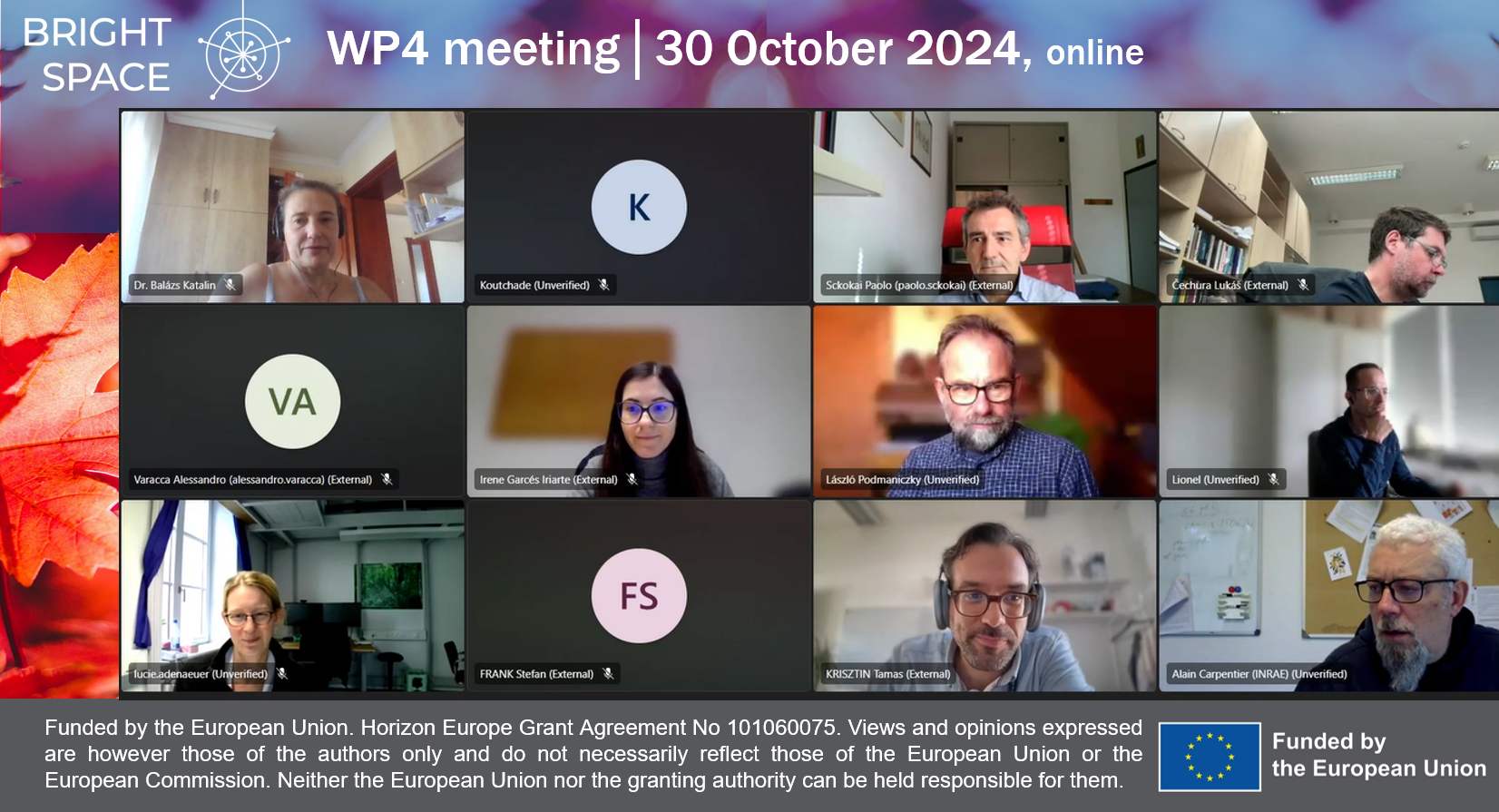Open access Article
Published: 25 September 2024
Enhanced agricultural carbon sinks provide benefits for farmers and the climate
Stefan Frank, Andrey Lessa Derci Augustynczik, Petr Havlík, Esther Boere, Tatiana Ermolieva, Oliver Fricko, Fulvio Di Fulvio, Mykola Gusti, Tamas Krisztin, Pekka Lauri, Amanda Palazzo & Michael Wögerer
Nature Food volume 5, pages742–753 (2024)
Abstract
Carbon sequestration on agricultural land, albeit long-time neglected, offers substantial mitigation potential. Here we project, using an economic land-use model, that these options offer cumulative mitigation potentials comparable to afforestation by 2050 at 160 USD2022 tCO2 equivalent (tCO2e−1), with most of it located in the Global South. Carbon sequestration on agricultural land could provide producers around the world with additional revenues of up to 375 billion USD2022 at 160 USD2022 tCO2e−1 and allow achievement of net-zero emissions in the agriculture, forestry and other land-use sectors by 2050 already at economic costs of around 80–120 USD2022 tCO2e−1. This would, in turn, decrease economy-wide mitigation costs and increase gross domestic product (+0.6%) by the mid-century in 1.5 °C no-overshoot climate stabilization scenarios compared with mitigation scenarios that do not consider these options. Unlocking these potentials requires the deployment of highly efficient institutions and monitoring systems over the next 5 years across the whole world, including sub-Saharan Africa, where the largest mitigation potential exists.
Acknowledgements
This study has been funded by the European Union’s H2020 Project ENGAGE (grant agreement no. 821471), BrightSpace (grant agreement no. 101060075), LAMASUS (grant agreement no. 101060423) and ForestNavigator (grant agreement no. 101056875).
Source: IIASA





